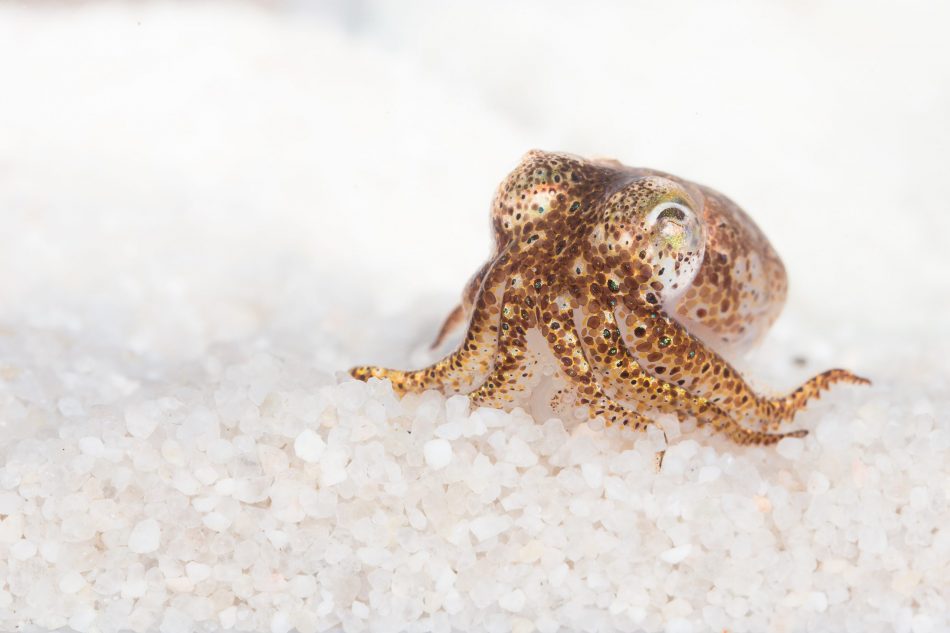Over 100 baby squid along with 5,000 microscopic animals are about to set off on the journey of a lifetime. To help scientists at NASA further their understanding of the effects of spaceflight, these tiny animals were launched towards the International Space Station last Thursday aboard Space X’s Falcon 9 rocket.
Jamie Foster, the experiment’s principal investigator states, “Animals, including humans, rely on our microbes to maintain a healthy digestive and immune system. We do not fully understand how spaceflight alters these beneficial interactions.” The 128 baby bobtail squid were chosen for this experiment because they have similar immune systems to humans, and studying how they react to spaceflight could inform how protective measures for the preservation of astronaut health during long space missions develop.
Also joining the trek into outer space are 5,000 tardigrades, also known as water bears. These impressive lifeforms can survive harsher environments than most other creatures, making them ideal for studying how life reacts and adapts to extreme environments.
The data NASA collects through this research will hopefully be used to understand the stress factors that affect humans in space. Perhaps we can learn about the techniques and tricks that these microscopic animals use to cope in extreme situations and apply them to new technology that will better protect astronauts.











